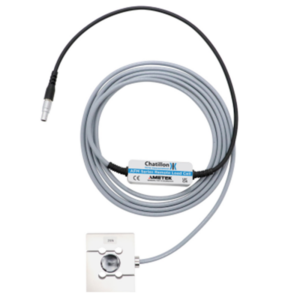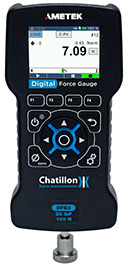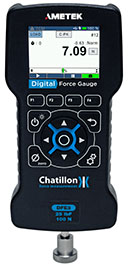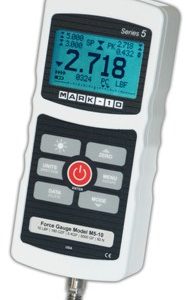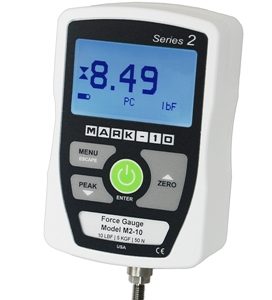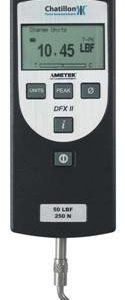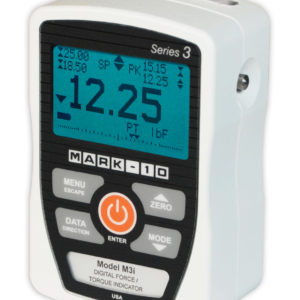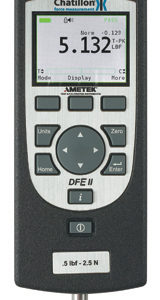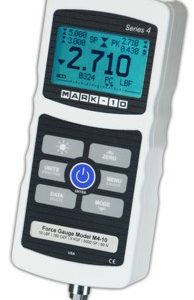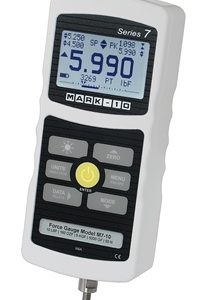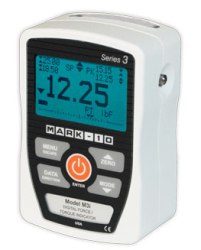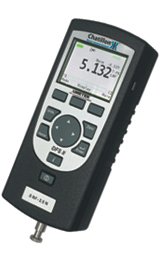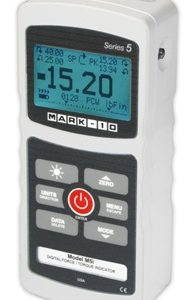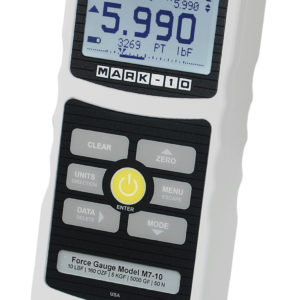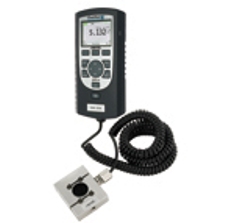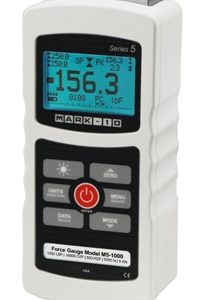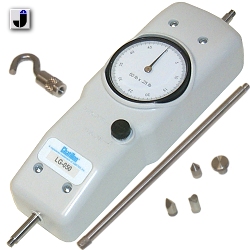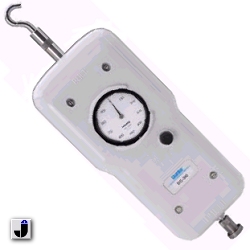
Force Gauges
Johnson Scale Co is one of the leading suppliers and repair centers for Chatillon, Mark-10, and Dillon force gauges for production, quality, and R&D applications. We offer a comprehensive range of mechanical, digital, and ergonomic force gauges, mechanical and digital. Our offerings also include pneumatic test force stands, comprehensive easy-to-use software packages, grips, and fixtures.
Our knowledgeable sales representatives are ready to answer your questions about product specifications, features, performance, and benefits. Whether it is a new purchase, repair, or NIST traceable calibration, our goal is that prompt order delivery, quick turnaround, and easy access to technical support are always within reach. With over 100 years of experience, we’re proud to lend our expertise to find a solution for you.
Check out some of our bestselling products below.

